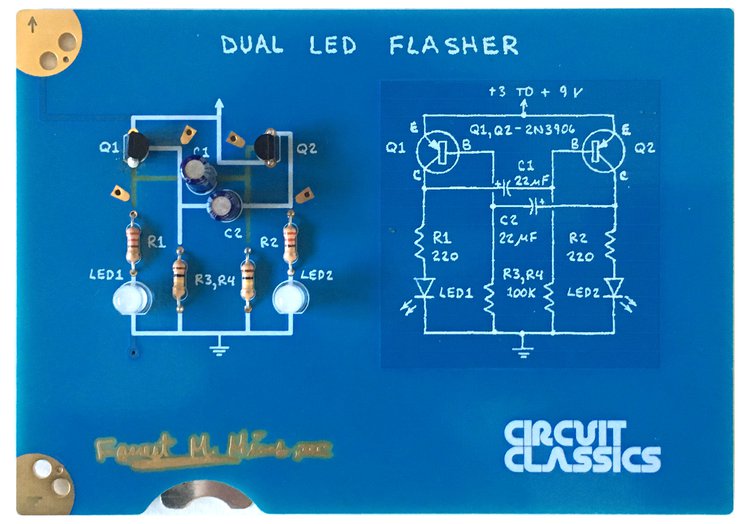Continuing the discussion from A SMD hand soldering class:
This class is now on the calendar for the 24th of this month.

In preparing the materials for this class, I have been ‘characterizing’ the circuit. This is one of the techniques we will be discussing during the class. In this case I used four different values for the resistors R3, and R4, and 12 different values for C1 and C2. This allows one to determine the flash characteristic of the circuit over a wide range of component values.
It also lets you produce cool diagrams like the one below, which make it easy for someone just learning to be able to select the best combination of components to get the circuit to behave like they want.
Class Link: https://calendar.dallasmakerspace.org/events/view/2988



